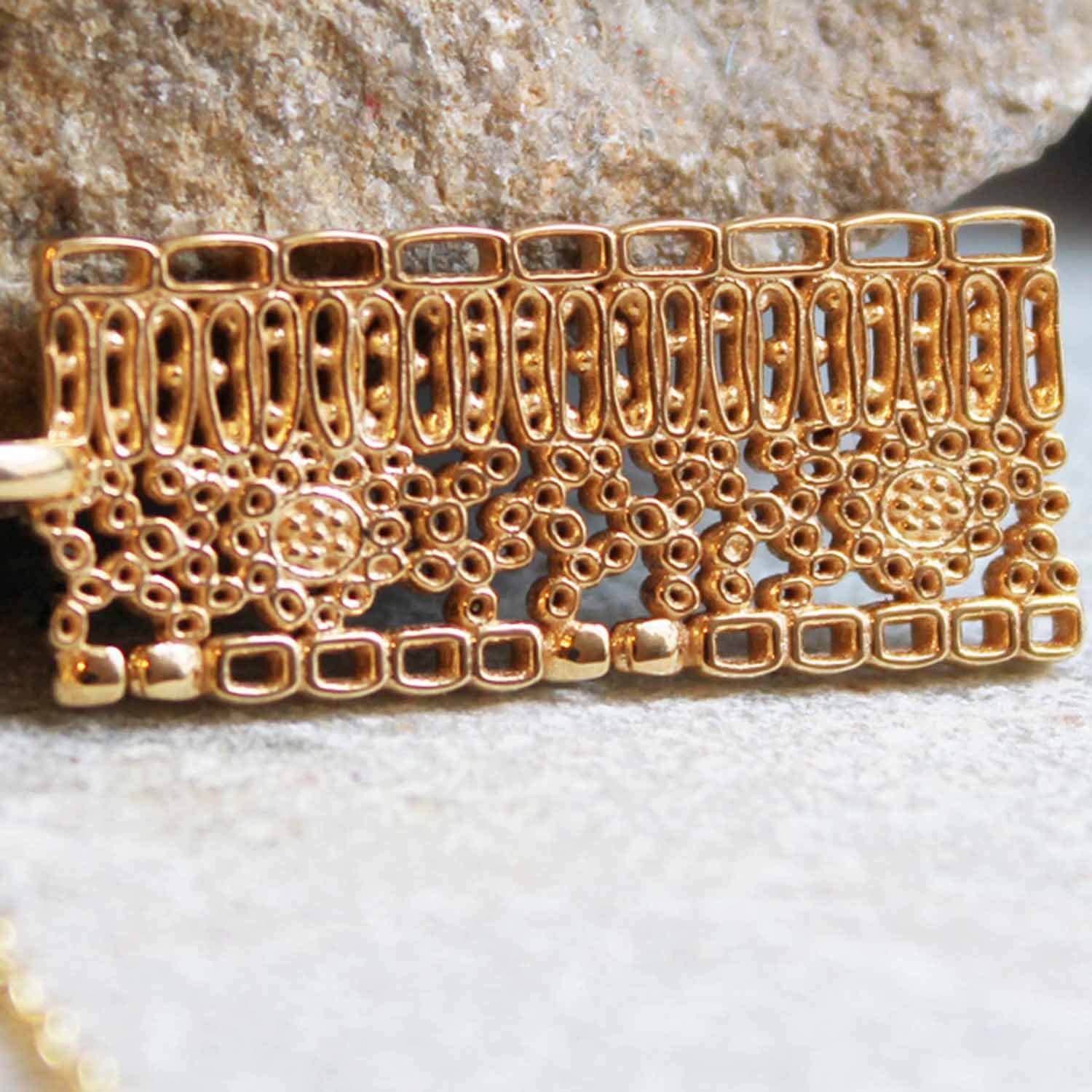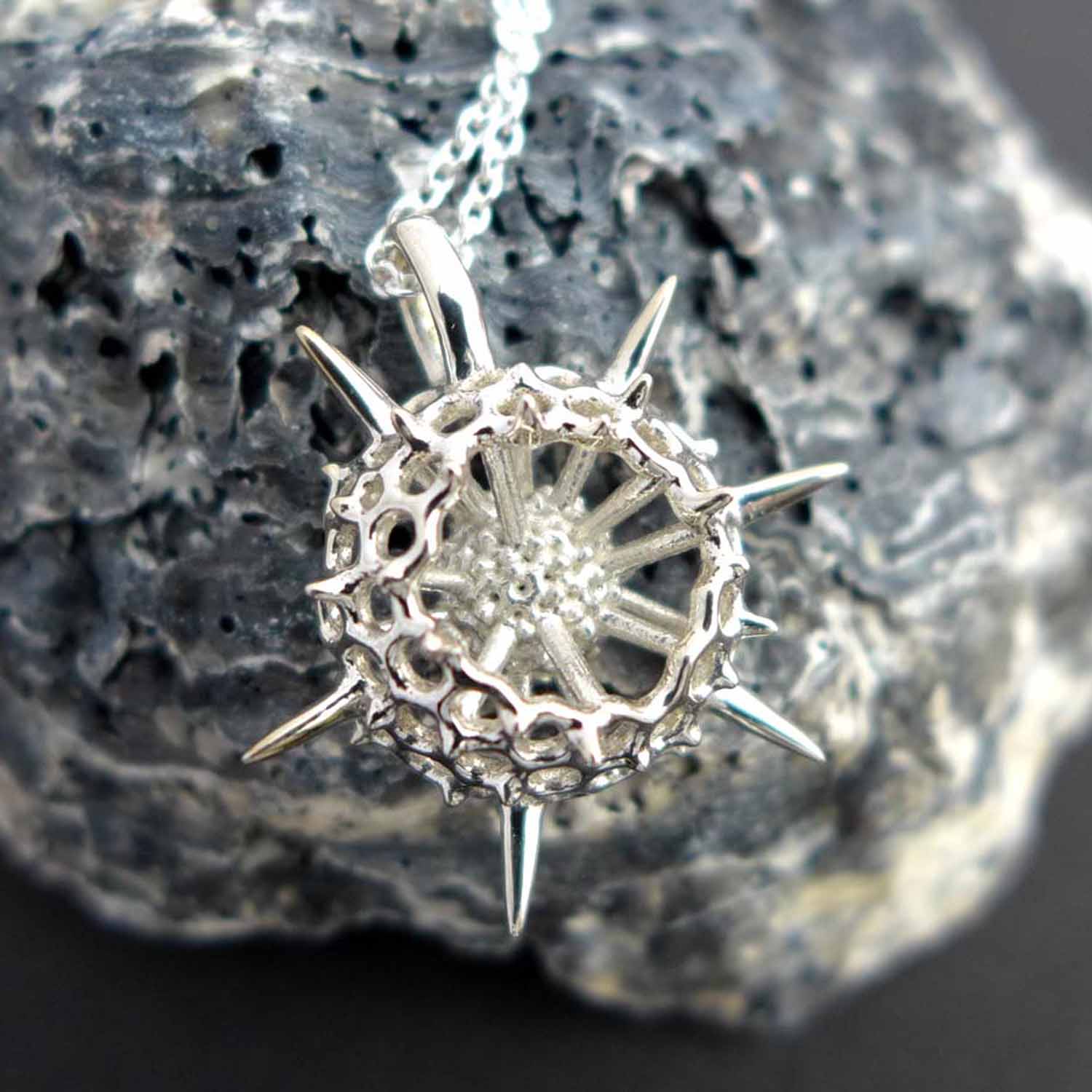Nature, Symmetry, and 3D Modeling
When I sit down to 3D model a new design, the first consideration is the symmetry of the organism. Recognizing which three-dimensional aspects of an organism are repeated in its body plan not only simplifies the modeling, it makes it more accurate. In this blog post, I'm going to discuss the different types of symmetry found in nature and how I use that information to streamline the modeling of my designs.
1. Bilateral symmetry
This is the easiest form of symmetry to recognize because it's the one most abundant around us. Humans, dogs, cats, insects, even snakes are bilaterally symmetrical, at least externally. This body plan consists of two equal halves mirrored across a midline called the sagittal plane. As shown in the image below, the beetle has bilateral symmetry.

Because bilateral symmetry typically generates a front end and a back end of an organism, this body plan has consequences for neural development and locomotion. Since the front end of the organism usually experiences the environment before the back end, all of the important neural organs must be located in the front end. Bilateral symmetry allows for a streamlined shape that generally makes locomotion easier and thus, these organisms are usually longer in the sagittal (longitudinal) direction than in the transverse direction.
 In terms of 3D modeling, this is the most straightforward start for a design. In Blender, add a cube mesh, cut it in half with a loop cut, delete vertices on the left side of the cube, and then add a mirror modifier. Using the mirror modifier, every manipulation that you perform on the right side of the cube is reflected on the left side of the cube.
In terms of 3D modeling, this is the most straightforward start for a design. In Blender, add a cube mesh, cut it in half with a loop cut, delete vertices on the left side of the cube, and then add a mirror modifier. Using the mirror modifier, every manipulation that you perform on the right side of the cube is reflected on the left side of the cube.
2. Radial Symmetry
As shown in the figure above, some organisms have radial symmetry where the repeating part is rotated around a central axis, much like the pieces of a pie. The part is most commonly repeated 5, 6 or 8 times around the axis generating pentaradial, hexaradial or octaradial symmetry, respectively. Flowers and fruits can have pentaradial or hexaradial symmetry, while corals most often have hexaradial or octaradial symmetry, starfish are pentaradial and snowflakes are hexaradial. Organisms with radial symmetry are usually less mobile than those with bilateral symmetry. Too many directions to choose from, perhaps?
To model radial symmetry in Blender, start by modeling the repeating part of the mesh. In edit mode, select all of the vertices and move the mesh so that the origin is at the point where you want the mesh to pivot.  With the cursor at the world origin and the pivot point set as the cursor, duplicate the mesh with alt D to create a linked duplicate. The advantage of the linked duplicate is that if you make a change in the original mesh, it will be reflected in the duplicates, maintaining the absolute symmetry of the final model. The duplicate is then rotated around the central axis (i.e., the y-axis if you're in front view) according to the type of radial symmetry. For hexaradial symmetry with 6 parts per 360 degrees, for example, each duplicate is rotated 60 degrees (360/6) around the central axis.
With the cursor at the world origin and the pivot point set as the cursor, duplicate the mesh with alt D to create a linked duplicate. The advantage of the linked duplicate is that if you make a change in the original mesh, it will be reflected in the duplicates, maintaining the absolute symmetry of the final model. The duplicate is then rotated around the central axis (i.e., the y-axis if you're in front view) according to the type of radial symmetry. For hexaradial symmetry with 6 parts per 360 degrees, for example, each duplicate is rotated 60 degrees (360/6) around the central axis.
3. Icosahedral Symmetry
Viruses and some radiolaria have icosahedral symmetry. In fact, the capsid shell of the cowpea chlorotic mottle virus (CCMV) has six 5-fold rotation axes, ten 3-fold axes, and fifteen 2-fold axes. It sounds complicated but it is essentially an icosahedron.The icosahedral structure of the viral capsid influences its strength and its ability to release DNA into its host (origin of icosahedral symmetry in viruses). Luckily, Blender has a simple icosahedron mesh that you can use as a starting point.
For more complex icosahedral geometries, there is a Blender add-on that can be helpful. Go to edit > preferences > add-ons and in the search box type "extra." Check the box entitled "add mesh: extra objects" and then click back into your 3D view.  When you now type "shift A > meshes," you will see an expanded list of primitives that you probably thought you would never need. In particular, the pipe joints in the mechanical category look like a barrel of fun. What you're looking for, however, is the math function section: "mesh > math function > regular solid." In the regular solids panel (shown in photo), on the source dropdown you can select the number of faces from tetrahedron to icosahedron. Next, on the preset dropdown, you can select from all different mathematical configurations of the polyhedrons. You just need to find the one that most closely matches the symmetry you're trying to duplicate. This could take hours, but if you get bored, you can always go back and play with the pipe joints for a little break.
When you now type "shift A > meshes," you will see an expanded list of primitives that you probably thought you would never need. In particular, the pipe joints in the mechanical category look like a barrel of fun. What you're looking for, however, is the math function section: "mesh > math function > regular solid." In the regular solids panel (shown in photo), on the source dropdown you can select the number of faces from tetrahedron to icosahedron. Next, on the preset dropdown, you can select from all different mathematical configurations of the polyhedrons. You just need to find the one that most closely matches the symmetry you're trying to duplicate. This could take hours, but if you get bored, you can always go back and play with the pipe joints for a little break.
4. Spiral Symmetry
Certain organisms, like ammonites and some foraminifera, have Fibonacci golden ratio elements (spirals) in their design in addition to bilateral symmetry. Blender can assist you with spiral shapes via the curve add-on. Called "add curve: extra objects," you can find it and install it as described above for the mesh extra objects. You can then add some bevel depth to the curve and convert it to a mesh so that you have vertices to move around.
5. Fractal Symmetry
Some patterns in nature, like tree branching and the growth patterns of certain plant parts, can best be described by fractal geometry. In its simplest definition, a fractal is the repetition of a pattern so that the pattern appears the same at different levels of magnification. Although it's possible to create fractal structures in Blender, it's not something I've ever done and I encourage you explore the Blender archives online for tips on how to do it.
6. No Symmetry
As shown in the first figure, some organisms simply have no visible symmetry: sponges, amoebas, slime molds. You're free, free from the confines of symmetry! If that's a little too scary, there's always the pipe objects.
Comments? Questions? Drop them in the box below.






Leave a comment